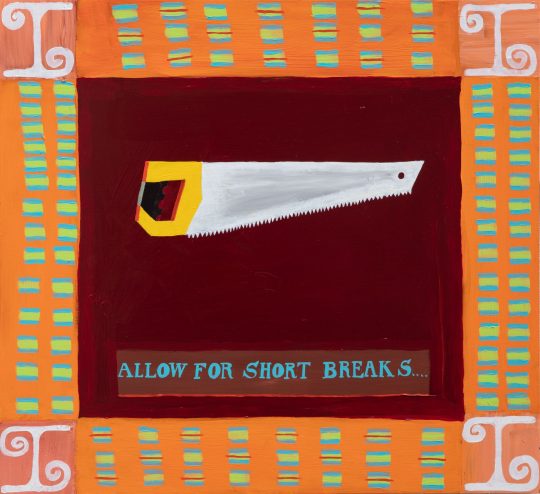#Lubaina Himid
Explore tagged Tumblr posts
Text

Lubaina Himid (British, 1954), The Bird Seller: Are You Listening, 2021. Oil on canvas, 84 1/8 x 60 1/8 in.
72 notes
·
View notes
Text

Between the Two my Heart is Balanced - Lubaina Himid (b.1954)
52 notes
·
View notes
Text


Lubaina Himid, Drowned Orchard: Secret Boatyard
4 notes
·
View notes
Text

Lubaina Himid (b. 1954), Naming the Money, 2004. Installation view of Navigation Charts, Spike Island, Bristol, 2017. Artwork: © Lubaina Himid. Courtesy of the artist, Hollybush Gardens, London and National Museums, Liverpool. © Spike Island, Bristol. Photo: Stuart Whipps
3 notes
·
View notes
Text

Bittersweet
Lubaina Himid
10 notes
·
View notes
Text

Lubaina Himid | © Kirstin Prisk | Financial Times
5 notes
·
View notes
Text
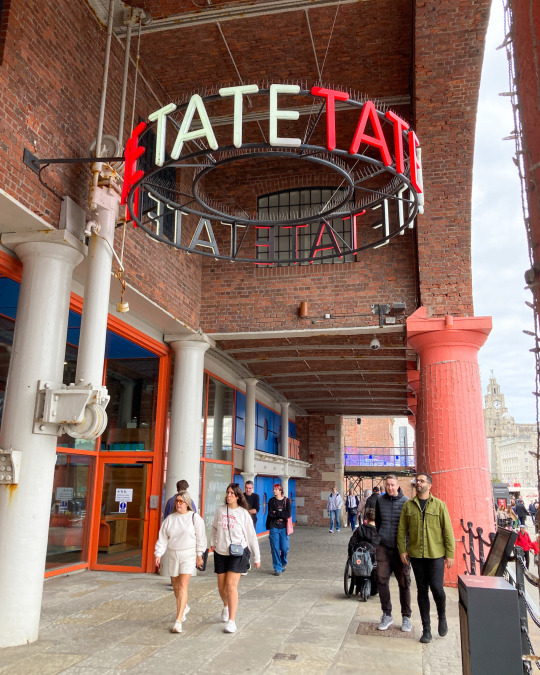
Admission to many museums in the UK are free, so once and a while we drop in to get to see local art. Here are some photos of art with themes of colonization, injustice, and issues of our time at Tate Liverpool.

This photo is of a Palestinian woman in what’s left of her home during the Sabra Camp massacre in 1982. It is by Don McCullin, a British photographer who covered the Lebanese Civil War during his visits in 1976 and 1982. Palestinian refugees fled to Lebanon after the establishment of Israel in 1948 in what was once a part of Palestine. The war in Lebanon led to massacres of Muslim neighborhoods including Palestinians in the Sabra refugee camp.
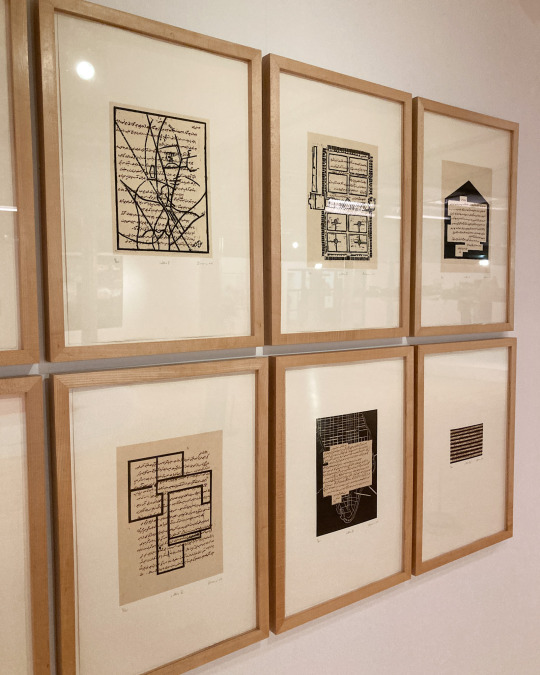
The late Zarina Hashmi was an Indian-American artist born in India, whose family was displaced by the 1947 partition of India after British colonial rule. While her sister Rani moved to Pakistan, Zarina eventually traveled the world, staying in touch with her sister everywhere she went. “Letters from Home” use these letters from Rani as a basis for the art, as they are written in Urdu and printed along with depictions of blue prints and maps of the places Zarina had lived through the years.
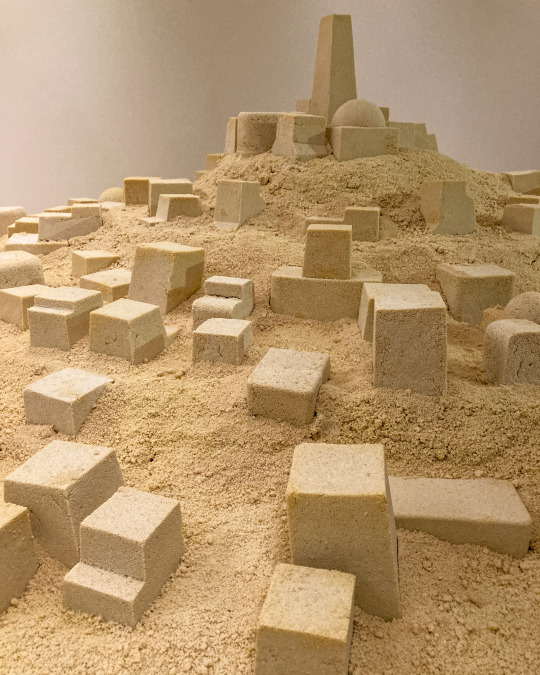
Kader Attia was born in France to Algerian parents, and later grew up in Algeria. Believe it or not, this artwork is made out of food. Specifically, couscous, a staple in Algeria as well as the rest of North Africa. Near the exhibit is a photo of Swiss-French architect Le Corbusier, who applied modernist architecture during the French colonial period in Algeria near the mid 1900s. In this artwork Attia seems to shape buildings in the modernist style, depicting the ancient hilltop city of Ghardaia in Algeria. The buildings are molded in couscous, and cracks and crumbling areas in the buildings could be seen as weathering from both the city’s old age and French colonization.
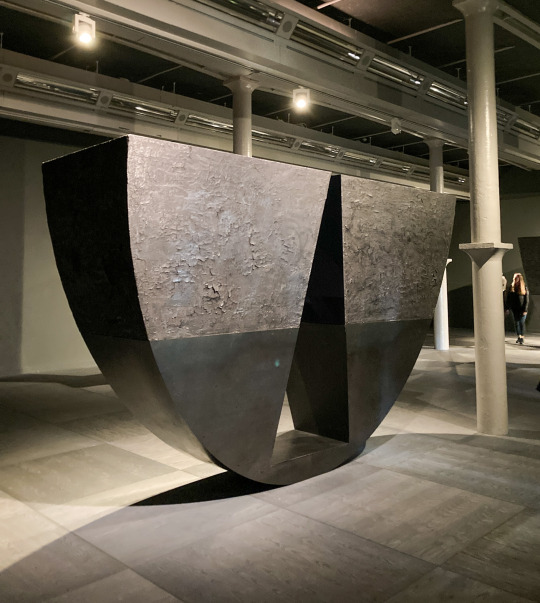
Torkwase Dyson handcrafted these huge, black structures and placed them in a large dark space on the first floor of Tate Liverpool. Dyson’s abstract works “grapple with the ways in which space is perceived, imagined and negotiated particularly by black and brown bodies.” This installation, “Liquid a Place,” definitely displays this, with these huge statues of what seam like heavy slabs of the darkest marble. They definitely convey the weight of colonization for me, and the artist description of them echoing “the curve of a ship’s hull” got me the most. Tate Liverpool sits in what was once one of Europe’s busiest ports serving the Transatlantic Slave Trade.

Lubaina Himid was one of the pioneers of the UK’s Black Art movement in the 1980s. “Carrot Piece” shows a white figure hovering a carrot over a Black woman carrying her own plentiful batch of food and items. The white figure is on a unicycle and wears light make up, conveying ridiculousness or crude entertainment, as if a clown. These are cut-out wooden paintings that are life-sized and was made for, as Himid wrote in her description, “…the moment when you slowly realise that you have learned something quite useful about yourself which proves to be a whole lot better than anything ever offered to you for free.”

Kerry James Marshall is known for his colorful paintings depicting Black people in dark shades. He counters “Western pictorial tradition” and brings forward Black figures in it. This work shows a Black figure wearing a British royal guard uniform, holding a sandwich board advertising a fish and chips restaurant named after a freedman, prominent writer, and British slavery abolitionist Olaudah Equiano. The irony of this art, is that it does not show a place in England. It is a scene in Arizona, where a “London Bridge” was made to attract American tourism.
#Tate Liverpool#Kerry James Marshall#Zarina Hashmi#Don McCullin#Lubaina Himid#Kader Attia#Torkwase Dyson
12 notes
·
View notes
Text

Tenderness only we can bear (2018), Lubaina Himid

So many dreams (2018), Lubaina Himid
2 notes
·
View notes
Photo

Lubaina Himid
6 notes
·
View notes
Text

LUBAINA HIMID
H.M.S. Calcutta, 2021.
1 note
·
View note
Text

Lubaina Himid (British, 1954), H.M.S. Calcutta, 2021. Oil on canvas, 74 × 96 in. Tate
138 notes
·
View notes
Text










Lubaina Himid’s solo exhibition Street Sellers at Greene Naftali is filled with gorgeous paintings, but there is so much more to the work. Through the experience of sounding out the phonetic signs and reading what’s written behind them, the viewer is given a chance to go beyond the surface for a glimpse of the inner worlds of her subjects. It’s like receiving a beautifully wrapped gift and realizing it was only a prelude to the wonders inside.
From the gallery-
Himid’s latest cycle of paintings affirms the dignity of work through depictions of vendors who ply their wares, elegantly dressed and equipped with the tools of their particular trade. The figures emerge from a rich blend of temporalities and points of reference: from the hawkers that remain street-level fixtures of urban life, to popular prints of merchants and peddlers dating back to 17th-century London as rare documents of the working class. The genre of the full-length portrait—linked to aristocrats and monarchs—is also recast with new protagonists, shown on a grand scale and fully at one with their respective métiers. Asserting the centrality of Black subjects to art historical arenas long denied them, Himid frees herself to invent what the archive lacks: “I paint it into existence.”
Each canvas is paired with a work on paper ingeniously printed to mimic a cardboard sign, embellished with painted motifs and phonetic letters that induce the viewer to read aloud—uttering the sales pitch to lend the exhibition an informal soundtrack. The prints are double-sided, with the backs revealing the sellers’ true thoughts that go unsaid. Often romantic or wistful, those inner monologues betray their attachment to the goods they carry, which Himid renders with lapidary attention to an egg’s speckled surface, the weave of chair caning, the ribbed interior of a cowrie shell. Objects here are charged like talismans—vectors of connection that are meant to change hands.
That intimacy extends to Himid’s paintings on domestic objects: from portrait heads on discarded dresser drawers to miniature vignettes on found crockery. Opening a drawer is an everyday revelation, an airing out of hidden depths, and Himid has described it as an ideal container for “lost or forgotten lives”—a compartment to hold the “memories of people whose names no one had bothered to write down.” China plates and platters are likewise tied to acts of routine encounter, which Himid overpaints with subtle disruptions to their polite decorum. One thrifted ceramic sports a tongue, another a single molar—the first pieces of a planned New York Dinner Service the artist will source locally over time, then emblazon with every part of the human body as seen from inside. Faintly troubling yet also convivial in their nods to communal space and shared endeavor, the works extend Himid’s career-long project of “interrogating narratives about the desire to belong.”
This exhibition closes 6/15/24.
#Lubaina Himid#Greene Naftali#Art#Art Shows#Chelsea Art Galleries#Chelsea Art Shows#Inner Worlds#Mixed Media Art#New York Art Shows#NYC Art Shows#Painting#Phonetic Spelling#Sculpture#Street Sellers
0 notes
Text
al things considered — when i post my masterpiece #1277

first posted in facebook february 27, 2024
lubaina himid -- "between the two my heart is balanced" (1991)
"two women in a small boat tearing up navigation charts … how many died, crossing the water?" … lubaina himid
"if i can't have what i want . . . then my job is to want what i've got and be satisfied that at least there is something more to want" … nikki giovanni
"my work is a kind of handbook – to deal with the ghosts of what has happened" … lubaina himid
"what she said" … al janik
#lubaina himid#between the two my heart is balanced#navigation charts#nikki giovanni#what i want#handbook#ghosts#al things considered
0 notes
Photo
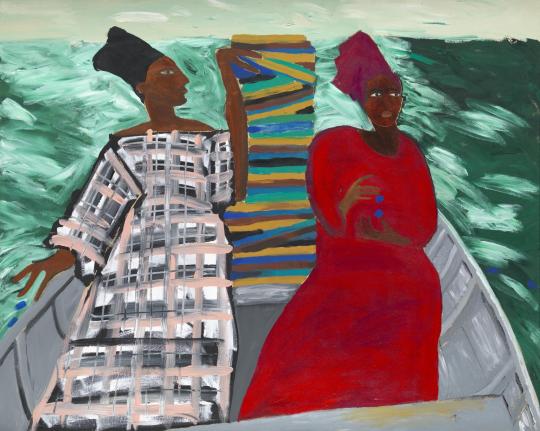
Lubaina Himid
Between the Two my Heart is Balanced, 1991. Acrylic paint on canvas.
0 notes
Text

Lubaina Himid, Freedom And Change, 1984, plywood, fabric, mixed media, acrylic paint, 290 x 590 cm, Courtesy Lubaina Himid et Hollybush Gardens, © Photo Andy Keate
2 notes
·
View notes
